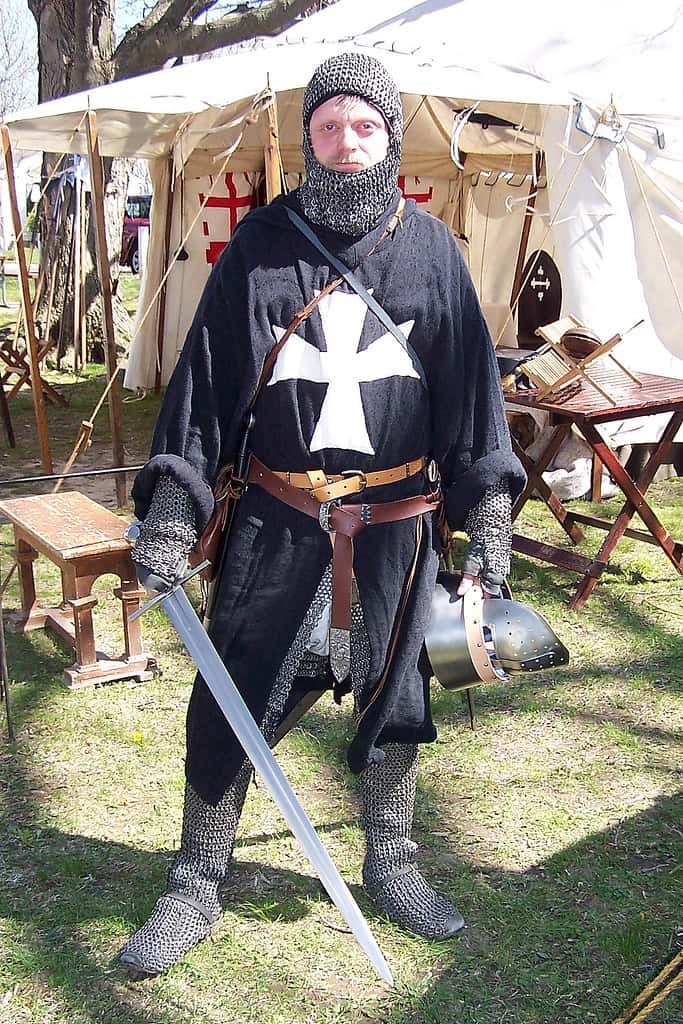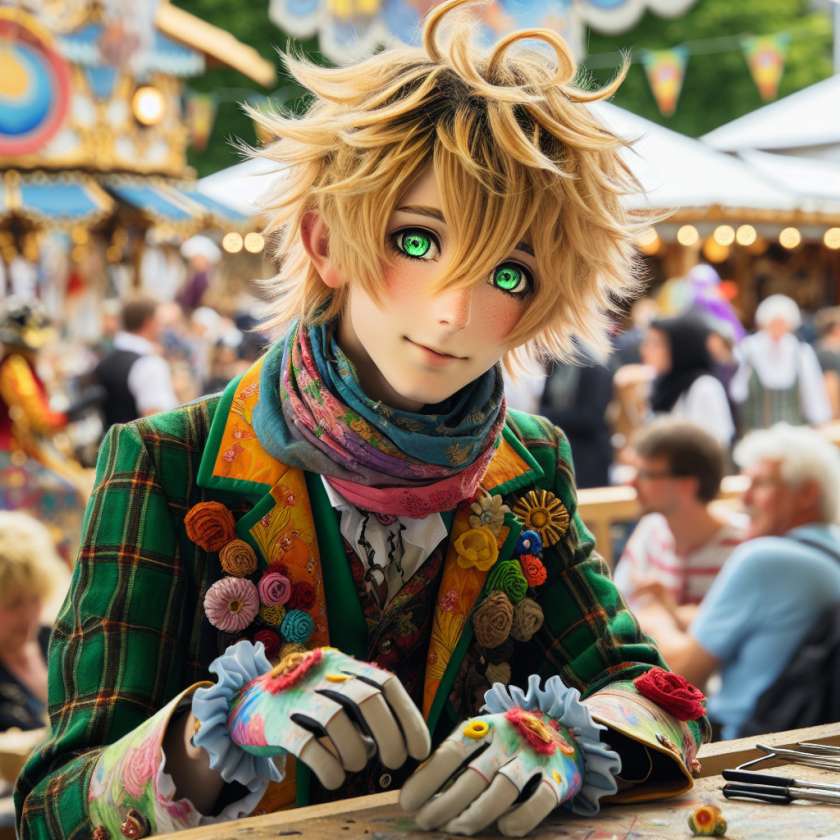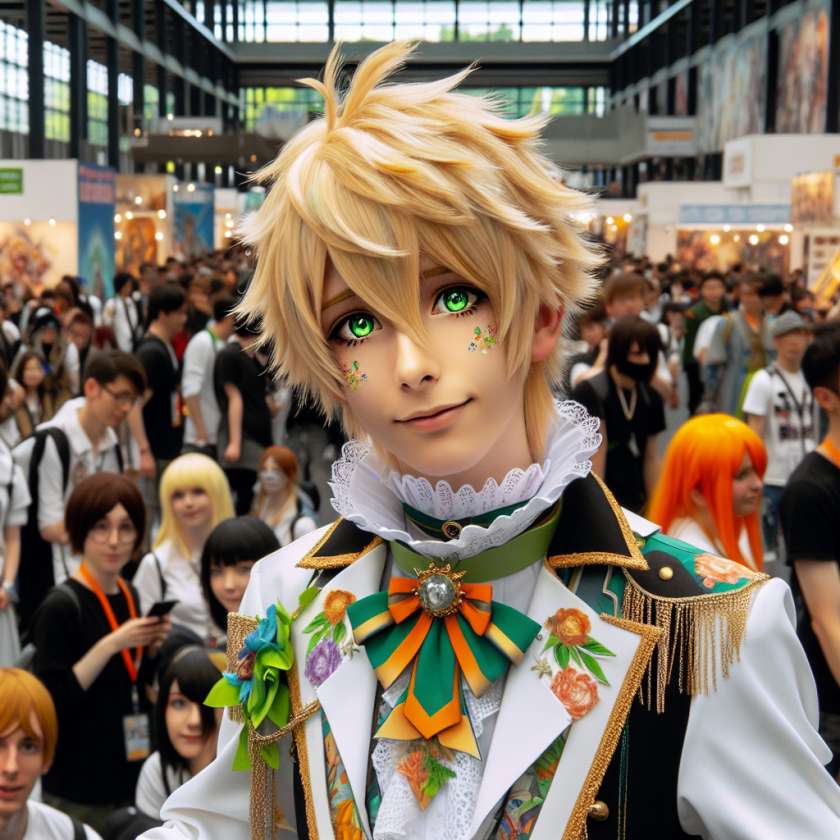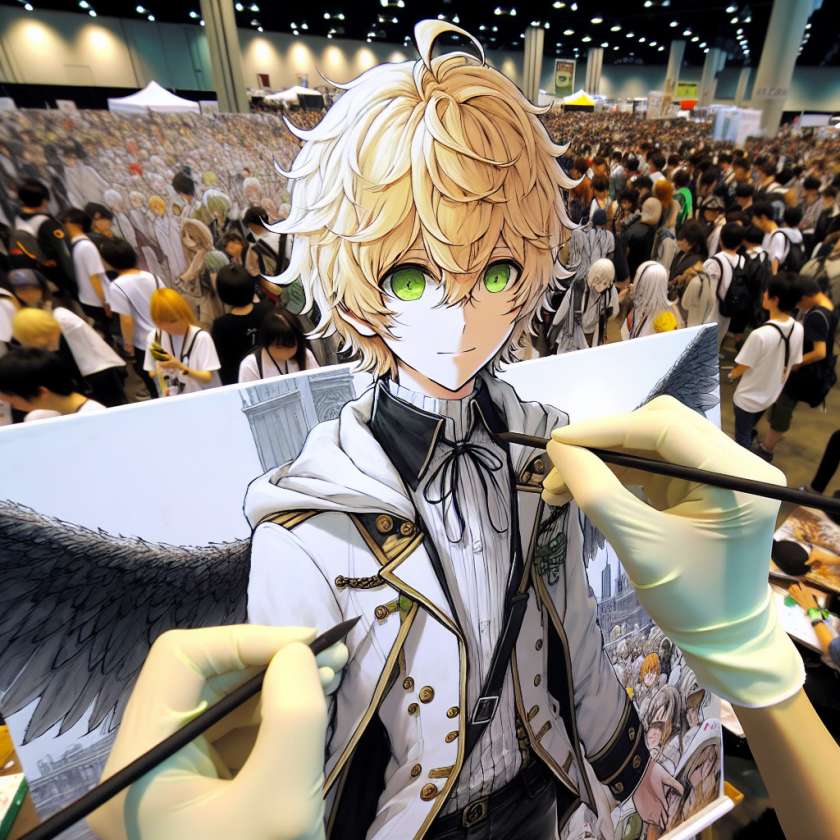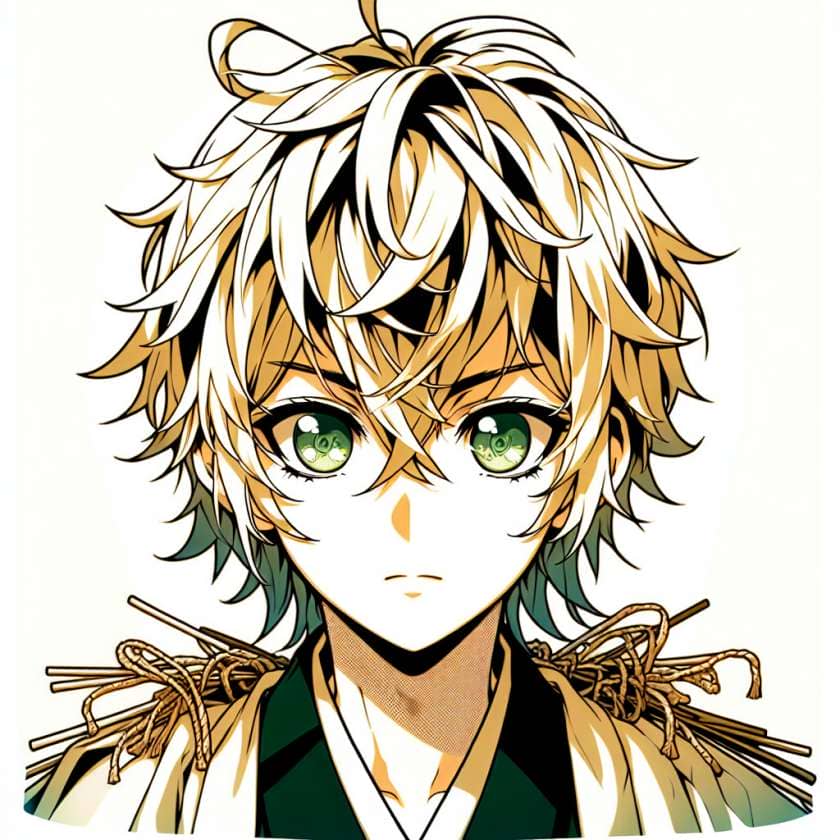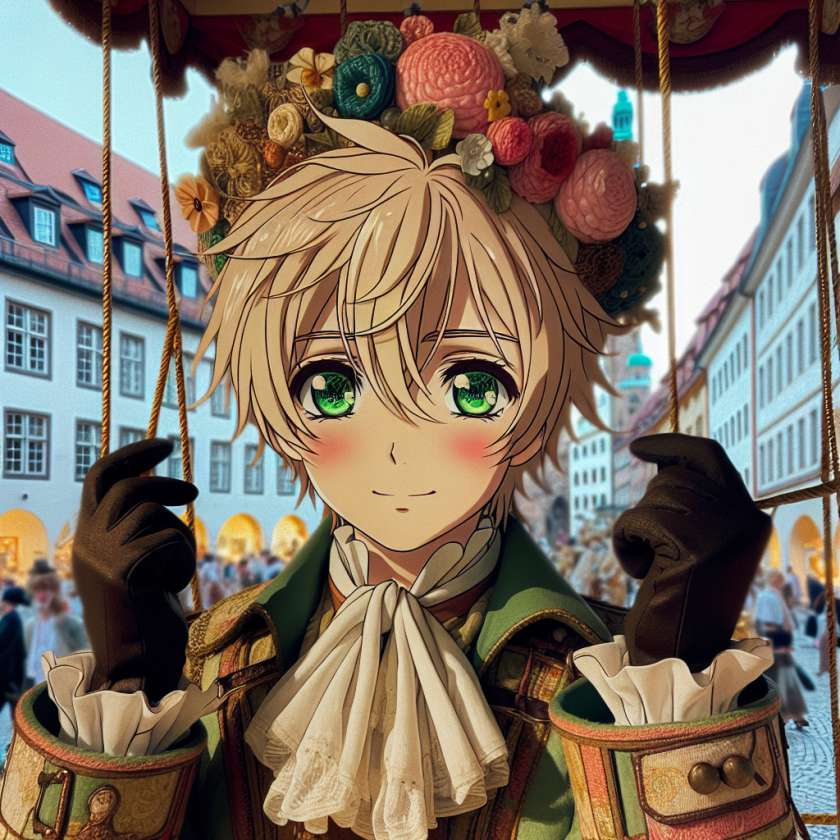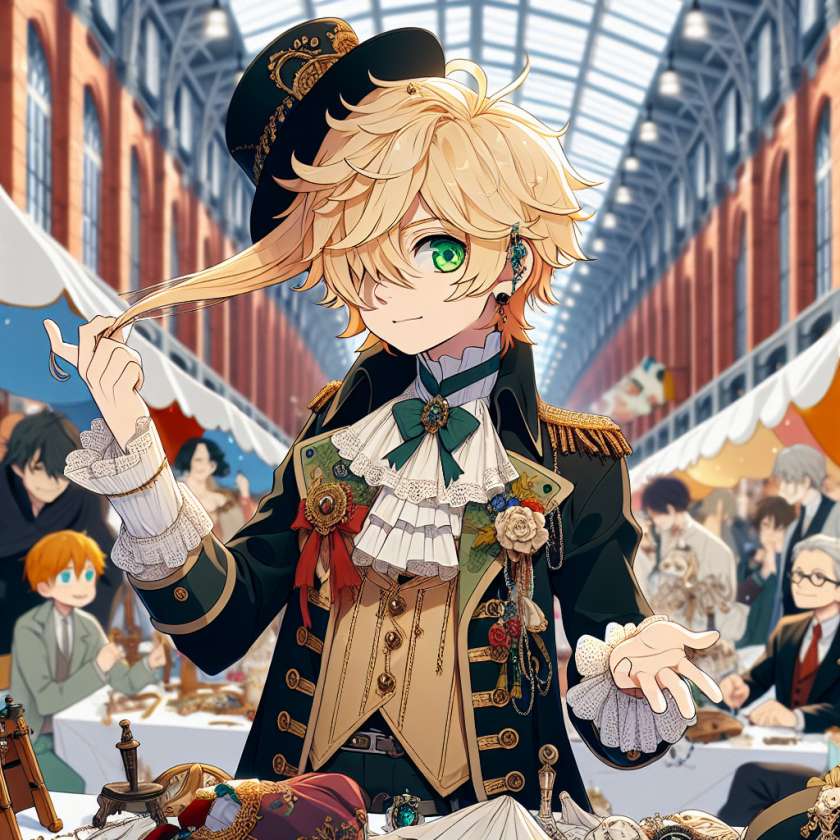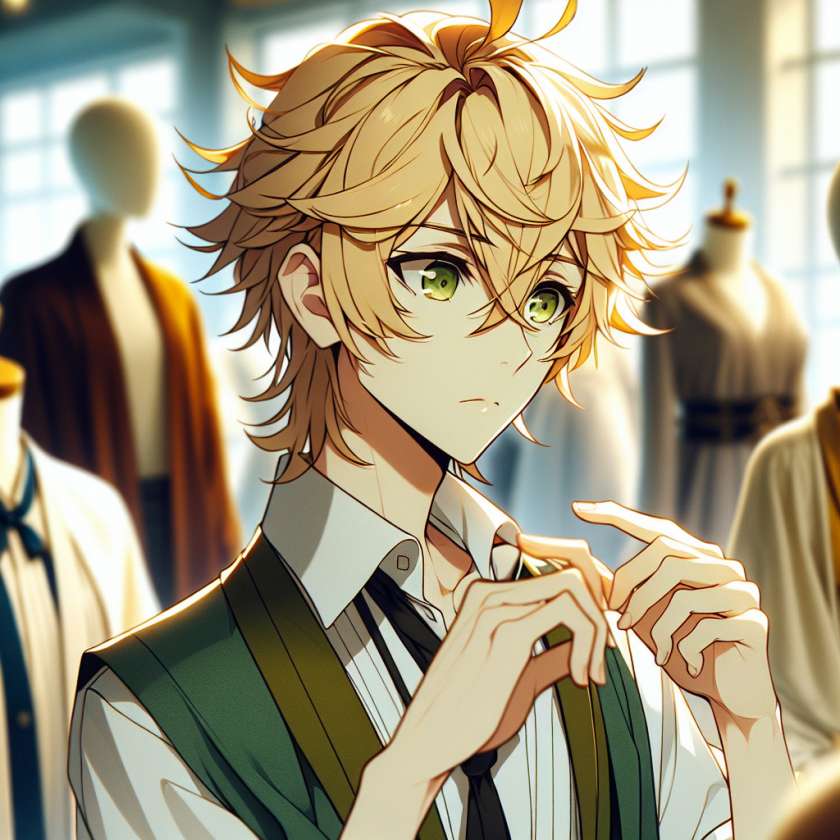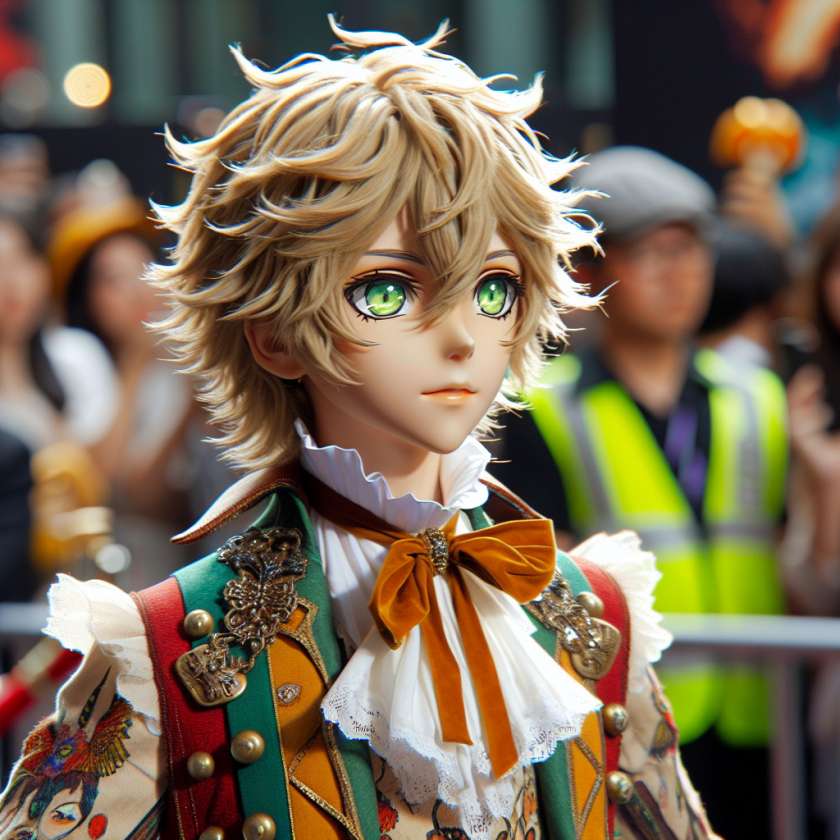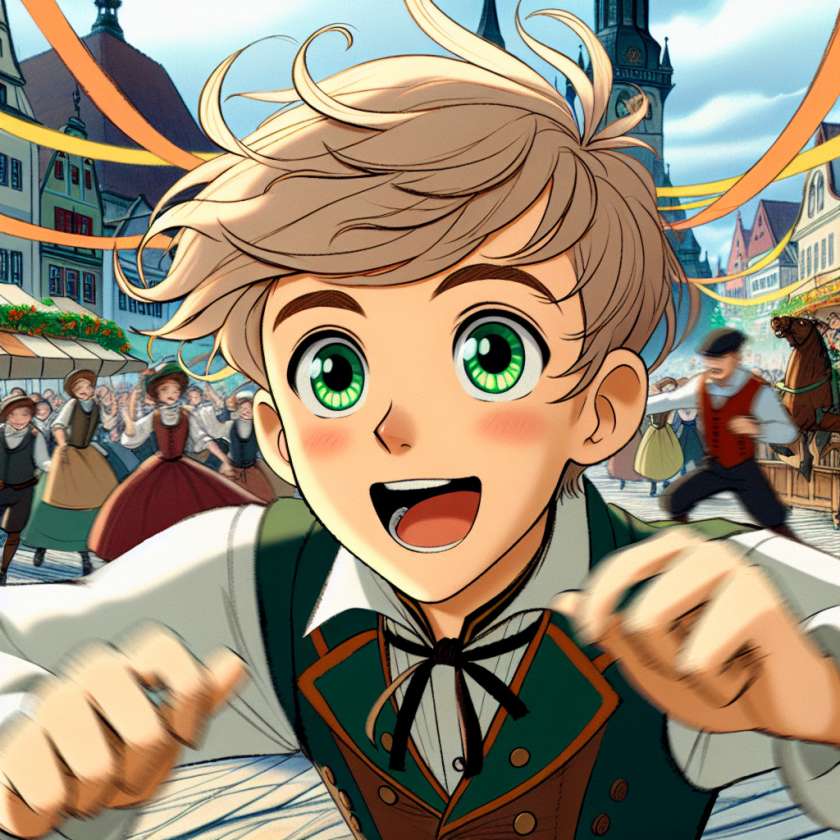
[Sassy_Follow_Icons]
1. The Origins of Knight Costumes: A Historical Timeline
Ah, the origins of knight costumes! Let’s take a journey back in time and explore how these magnificent ensembles came to be. It all started in the Middle Ages, around the 11th century. Knights were noble warriors who fought on horseback and wore armor for protection. At first, their costumes consisted of simple chainmail shirts and helmets made from iron or steel.
As the centuries rolled by, knight costumes evolved along with advancements in technology and warfare. Plate armor became the norm, with knights donning suits made from interlocking metal plates for maximum protection. These suits were often adorned with intricate designs and heraldic symbols to showcase a knight’s lineage and achievements.
By the 15th century, knight costumes had reached their peak in terms of complexity and craftsmanship. Full suits of armor covered every inch of a knight’s body, complete with visors, gauntlets, greaves, and even spurs. It was like wearing a mobile fortress! However, as firearms gained prominence on the battlefield, the need for heavy armor diminished, leading to the decline of traditional knight costumes.
[publishpress_authors_box layout="ppma_boxes_890427"]
2. Traditional Materials Used in Crafting Knight Costumes
When it comes to crafting authentic knight costumes, certain materials are essential for capturing that medieval charm. Back in the day, knights relied on sturdy materials that could withstand blows from swords and arrows while providing adequate mobility.
Metal:
- Iron: Iron was commonly used for chainmail shirts due to its strength and availability.
- Steel: Steel became popular for plate armor as it offered better protection against piercing weapons.
- Brass: Brass was often used for decorative elements on knight costumes, adding a touch of elegance.
Leather:
Leather played a crucial role in knight costumes, providing flexibility and comfort. It was used for straps, belts, and other fastenings to hold the armor together. Plus, leather could be embossed or tooled with intricate designs, adding a touch of artistry to the ensemble.
Fabric:
While metal and leather were the primary materials, fabric also had its place in knight costumes. Underneath the armor, knights wore padded garments called gambesons to cushion blows and provide some insulation. These were typically made from linen or wool.
3. Evolution of Design: Tracing the Changes in Knight Costumes
The design of knight costumes has come a long way since their humble beginnings. From simple chainmail shirts to elaborate suits of armor, let’s explore how these designs evolved over time.
Chainmail:
In the early days, knights relied on chainmail shirts as their primary form of protection. These shirts were made by linking thousands of small metal rings together to create a flexible mesh that could withstand sword strikes and arrows.
Plate Armor:
As warfare became more advanced, knights needed stronger defenses. This led to the development of plate armor – full suits made from interlocking metal plates. Plate armor provided excellent protection while allowing for increased mobility compared to chainmail.
Jousting Armor:
Jousting, a popular sport among knights, required specialized armor. Jousting armor featured reinforced chest plates and additional padding to absorb the impact of the lance during tournaments. These suits were often adorned with elaborate decorations and heraldic symbols to showcase a knight’s prowess.
Transition to Lighter Armor:
With the advent of firearms, heavy plate armor became less practical on the battlefield. Knights started transitioning to lighter armors, incorporating elements of plate armor with more flexible materials like leather. This allowed for greater mobility while still providing protection against swords and projectiles.
4. Breaking Gender Barriers: Women in Knight Costumes
Historical Context
During the medieval period, knighthood was predominantly seen as a male-dominated profession and women were generally excluded from participating in combat. However, there were instances where women defied societal norms and donned knight costumes to fight alongside men on the battlefield. These women, known as knight-errants or warrior queens, challenged gender roles and played a crucial role in shaping history.
Joan of Arc: The Iconic Female Warrior
One of the most famous examples is Joan of Arc, a French peasant girl who claimed to have received divine guidance to lead her country against English invaders during the Hundred Years’ War. She wore armor and fought alongside male soldiers, proving her bravery and military prowess. Joan’s story became a symbol of female empowerment and continues to inspire women today.
The Challenges Faced by Women Knights
Despite their contributions, women who took up arms faced numerous challenges. They often had to disguise themselves as men to gain acceptance within knightly circles. Additionally, they had to navigate the physical demands of combat while wearing armor designed for male bodies. Despite these obstacles, these trailblazing women shattered gender barriers and paved the way for future generations of female warriors.
5. The Role of Knight Costumes in Medieval Society
Social Status Symbolism
Knight costumes played a significant role in medieval society as they served as visual indicators of social status and hierarchy. The type of armor worn by knights varied depending on their rank and wealth, allowing individuals to easily identify their position within the feudal system.
Knightly Orders: A Distinctive Look
Certain knightly orders had specific costume requirements that distinguished them from others. For example, members of the Knights Templar were known for their distinctive white mantles adorned with a red cross. These unique costume elements not only served as a symbol of belonging but also helped establish a sense of camaraderie among members.
Impressions and Intimidation
Knight costumes were designed to create an aura of power and intimidation on the battlefield. The use of elaborate armor, such as plate armor, not only provided protection but also showcased the wealth and status of the wearer. The sight of a fully armored knight charging towards the enemy instilled fear and awe in their opponents, giving them a psychological advantage in battle.
6. Symbols and Colors: Unveiling the Meanings Behind Knight Costume Designs
The Language of Heraldry
Knight costumes often incorporated heraldic symbols and colors that held specific meanings. Heraldry was a system used to visually represent individuals and families through unique emblems, shields, and banners.
Colors: Conveying Messages
Each color used in knight costumes had symbolic significance. For example, red represented courage and bravery, while blue symbolized loyalty and truth. Knights would choose colors based on personal or familial attributes they wished to convey to others.
Symbols: Personal Identity
Heraldic symbols on knight costumes further added layers of meaning. Lions represented strength, eagles signified nobility, and crosses denoted religious devotion. These symbols allowed knights to showcase their personal identity, values, or allegiances on the battlefield.
7. Battle-Ready Armor: How Knight Costume Components Protected Warriors
Layers of Protection
Knight costumes consisted of various components that worked together to provide maximum protection during combat.
Plate Armor: A Fortress for the Body
The most recognizable component was plate armor, which consisted of interconnected metal plates that covered the entire body. This armor offered superior protection against weapons such as swords and arrows, deflecting or absorbing their impact.
Chainmail: Flexible Defense
Underneath plate armor, knights often wore chainmail, a mesh-like garment made of interlocking metal rings. Chainmail provided flexibility and additional protection against slashing attacks.
Helmets and Shields: Safeguarding the Head and Vital Areas
Knight costumes also included helmets and shields to protect vulnerable areas like the head and torso. Helmets featured visors for improved visibility while shields served as an additional barrier against incoming strikes.
8. Hierarchy and Rank: Variations in Knight Costume Types
Noble Knights vs Common Knights
Knight costumes varied depending on the social status and wealth of the wearer. Nobles had access to more elaborate and expensive armor, while common knights often had simpler designs.
Noble Knight Armor: Extravagance Personified
Noble knights adorned themselves with ornate armor featuring intricate engravings, gilding, and embellishments. These luxurious costumes showcased their elevated status within society and acted as symbols of wealth.
Common Knight Armor: Practicality over Extravagance
In contrast, common knights prioritized practicality over lavishness. Their armor focused on functionality rather than decorative elements. While still providing adequate protection, these simpler designs allowed common knights to engage in battle without being encumbered by excessive weight.
9. Personalized Pride: Unique Embellishments on Knight Costumes
Customization as an Expression of Identity
Knights often personalized their costumes through unique embellishments that reflected their personal tastes or achievements.
Heraldic Symbols: A Personal Touch
One common form of customization was the inclusion of personal heraldic symbols. Knights would incorporate their family crest or other significant emblems onto their armor, shields, and banners to assert their identity on the battlefield.
Engravings and Inscriptions: Commemorating Accomplishments
Knights also engraved their armor with inscriptions or imagery that celebrated their achievements or commemorated important events. These engravings served as a testament to their valor and acted as reminders of past victories.
10. Mobility vs Protection: The Weighty Dilemma of Knight Costumes
The Balancing Act
Knight costumes presented a dilemma between mobility and protection. The heavier the armor, the more protected a knight would be, but it also limited their agility and speed on the battlefield.
Trade-offs for Enhanced Protection
Knights often opted for heavier armor to ensure maximum protection against enemy weapons. However, this came at the cost of reduced mobility, making it more challenging to move swiftly or mount horses during combat.
Innovations for Increased Maneuverability
To address this issue, knights and armorers developed innovative solutions such as articulated plate armor. This type of armor consisted of jointed plates that allowed greater flexibility without compromising protection, enabling knights to maintain both mobility and defense.
11. Legendary Knights and Their Distinctive Costume Styles
The Mythical Heroes of Chivalry
Legendary knights from folklore and literature often had distinctive costume styles that set them apart from ordinary knights.
King Arthur’s Knights: The Round Table Brotherhood
The legendary King Arthur’s Knights of the Round Table were known for their iconic attire. They wore chainmail shirts adorned with colorful surcoats featuring unique designs, allowing them to be easily identified as members of Arthur’s elite group.
Sir Lancelot: The Knight of the Red Cross
Sir Lancelot, one of the most celebrated knights in Arthurian legends, was often depicted wearing red armor adorned with a white cross. This distinctive costume symbolized his unwavering loyalty and dedication to the ideals of chivalry.
12. Beyond Europe: Exploring Knight-Like Attire in Other Cultures
Similarities Across Continents
While knight costumes are typically associated with medieval Europe, similar forms of armor and attire existed in other cultures around the world.
Samurai Armor: The Knights of Japan
In feudal Japan, samurai warriors wore armor known as “yoroi.” Similar to European plate armor, yoroi consisted of multiple metal plates that protected different parts of the body. Samurai armor also incorporated symbolic designs and colors to represent familial or clan identity.
Mongol Warriors: Masters of Mobility
The Mongol warriors, famous for their conquests under Genghis Khan, utilized a unique form of armor called “lamellar.” Lamellar armor consisted of small rectangular plates laced together with leather or fabric. This lightweight design allowed for greater mobility while still providing adequate protection.
13. Firearms’ Impact on the Use and Design of Knight Costumes
The Rise of Firearms
The introduction and widespread use of firearms had a significant impact on both the use and design of knight costumes during the late medieval period.
Armor Adaptations: Balancing Protection against Firearms
Firearms posed a new threat to knights due to their ability to penetrate traditional plate armor. As a result, armorers began incorporating thicker plates or reinforcing existing ones with additional layers to withstand gunfire.
Transition to Symbolic Armor
With the decline of traditional knightly combat, armor began to transition from functional protection to symbolic representation. Knights started wearing more ornate and decorative armor for ceremonial purposes rather than practical use on the battlefield.
14. Authentic Reproductions: Modern Events Showcasing Knight Costume Reenactments
Preserving History through Reenactments
In modern times, there are numerous events and organizations dedicated to recreating medieval knight costumes and reenacting historical battles.
Tournaments and Festivals: Immersive Experiences
Medieval-themed tournaments and festivals attract participants and spectators alike who are passionate about preserving the history of knights. These events often feature jousting competitions, mock battles, and demonstrations of authentic knight costumes.
Living History Groups: Honoring Tradition
Living history groups strive for authenticity in their recreations by meticulously researching historical sources and crafting accurate reproductions of knight costumes. Through their dedication, these groups provide educational opportunities for people to learn about medieval warfare and experience a glimpse into the life of a knight.
In conclusion, knight costumes are a fantastic choice for those looking to add a touch of medieval charm and adventure to their next event or party. Whether you’re attending a cosplay convention or simply want to stand out at Halloween, our knight costumes will make you feel like a true warrior. So why wait? Check out our cosplay services now and let your inner knight shine!
